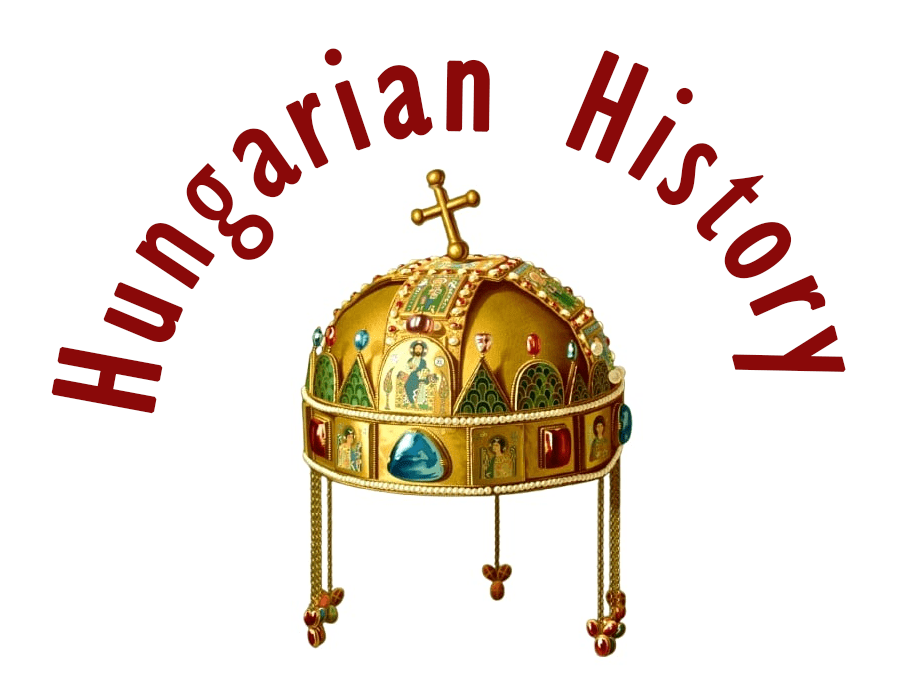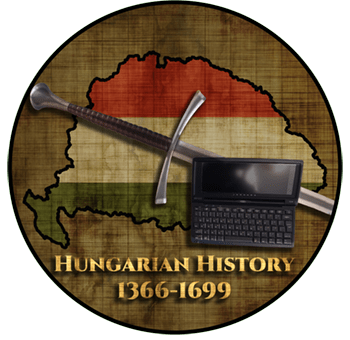
Kanizsai (Kanizsay) Orsolya (c.1521 – Sárvár, 2 March – 2 May 1571) was a Hungarian noblewoman, wife of Baron Nádasdy Tamás of Nádasd and Fogarasföld, Hungarian Palatine. She was the niece of Kanizsai Dorottya, the noblewoman who buried the fallen soldiers on the battlefield of Mohács in 1526.

Orsolya (or as her husband called her, “Orsika”) was a descendant of the ancient noble Kanizsai family of the Osl clan. Her father was the Chief Comes of Vas County, Kanizsai László (1497-1525), and her mother was Drágffy Anna (fl. 1522-1528) from Béltek. Her paternal grandparents were Kanizsai György (fl. 1469-1509), a Croatian and Slavonian Ban (Duke), and Rozgonyi Klára (fl. 1474-1516) from Rozgony. Her maternal grandparents were Drágffy Bertalan, Voivode of Transylvania, and Hédervári Dorottya of Béltek. One of Orsolya’s sisters was Kanizsai Magdolna, whose husband was Batthyány Kristóf (+1570) of Németújvár.

Her father, Kanizsai László, was an extremely wealthy nobleman; he owned several castles and manors, including Sárvár, Egervár, Kanizsa, Csókakő, Léka, Kismarton, Németkeresztúr, Kapuvár, Csepreg, and several other manors in Transdanubia. The regular residence of the Kanizsai family was the castle of Sárvár. Orsolya was born and raised there.

Kanizsai László was a Chief Comes of Vas County and a devoted son of the Roman Catholic Church. In 1521, he made a pilgrimage to Loretto and, according to the custom of the time, he, his wife Drágffy Anna, and their two living children were admitted as lay members of the Benedictine monastic order.
Her mother was also a religious woman, who kept a court priest and bequeathed estates to the hermits of Örményes. Kanizsai László died shortly after Orsolya’s birth. At that time, the widow Drágffy Anna married Frangepán Kristóf, but in 1528, she made a will in Sárvár, also in a serious illness. Orsolya was thus a complete orphan at the age of seven.

Of his whole family, only his brother, Kanizsai Ferenc, lived for a few more years, but he too died in 1532. The raising and care of the two little orphaned children left behind was entrusted by their mother to the castellan of Kanizsa, Háshágyi Dénes of Háshágy, and the castellan of Kapuvár, Wathay Ferenc, and the court priest Gruba Tamás. Hashágyi Dénes, the former chief retainer of Kanizsai László, was also the godfather of Kanizsai Orsolya. In 1524, King Ulászló II of Hungary, at the request of Kanizsai László, donated Kehida to Hashágyi Dénes.
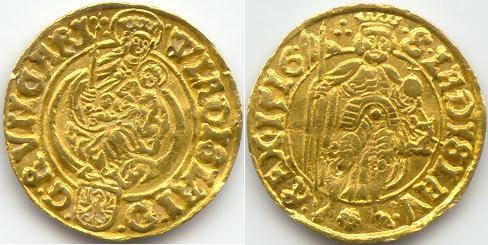
Since her father and her brothers died in 1532, King Szapolyai János had the young Orsolya of Kanizsa sired, and at that time, she was engaged to Nádasdy Tamás, who was much poorer than the wealthy orphaned girl. As we know, the Nádasdy family was a retainer of the Kanizsa family in the previous decades, and its ancestral estates were spread around the region of Nádasd, Sárvár, and the southern part of Vas county.
The Nádasdys, who belonged to a wealthy and prestigious class of the nobility, held the office of chief comes in Zala and Vas counties on several occasions, and Nádasdy Tamás’ father, Nádasdy Ferenc, was the castellan of the castle of Kanizsa. Because of the wartime political conditions, the wedding of Nádasdy Tamás and Kanizsai Orsolya had to take place far away, in Hódmezővásárhely, near King Szapolyai János, in early 1535.

After the wedding, Nádasdy, because of his estates located near Vienna, took Ferdinand’s side and brought his young wife back to Sárvár, the ancestral nest of the Kanizsa family. At the age of 14, she was married to Nádasdy Tamás, later to become the Palatine, as heir to a vast fortune. Nádasdy, an educated man, wanted to create a Parnassus, a Hungarian Wartburg from Sárvár, but the King called him to leave his home, plans, and wife for longer periods. During her husband’s absence, the almost childlike woman took up the noble task.

During her husband’s absences, she managed their estate from their castle in Sárvár, and her frequent illnesses did not prevent her from doing so. She was one of the most educated women of her time and kept up an extensive correspondence with her acquaintances. She had family or kinship ties with many families in Zala County.
The court of Nádasdy Tamás in Sárvár was undoubtedly one of the most important centres of intellectuals in Transdanubia who had fled from Turkish rule. His family members studied in Sárvár and were directed to their places of service from there, but they returned there regularly, several times a year, for reports, etc. The court of Nádasdy Tamás and Kanizsai Orsolya included such reformers as Abádi Benedek, Bornemisza Péter, Szilveszter Mihály and János, Beythe István, Méliusz Juhász Péter, and Macarius Bódog József.

In addition, she gathered scholars to her court, including Sylvester János and Dévai Bíró Mátyás, and established the printing press in Sársziget. And when Buda was lost, in 1541, Orsika laid the first book printed in Hungary in full Hungarian, the New Testament, on the nation’s table.
She was a well-known gardener. She was a very religious woman who often helped the starving and the poor. She was on good terms with her sister-in-law, Nadasdy Anna, who was the wife of Majláth István (1502-1550) of Szunyogszeh; when Majláth died in Turkish captivity in 1550, the Nádasdy family took their son Majláth Gábor with them and brought him up in Sárvár. The same thing happened when Nádasdy Tamás’s younger brother, Nádasdy Márton, died and left five orphaned children.
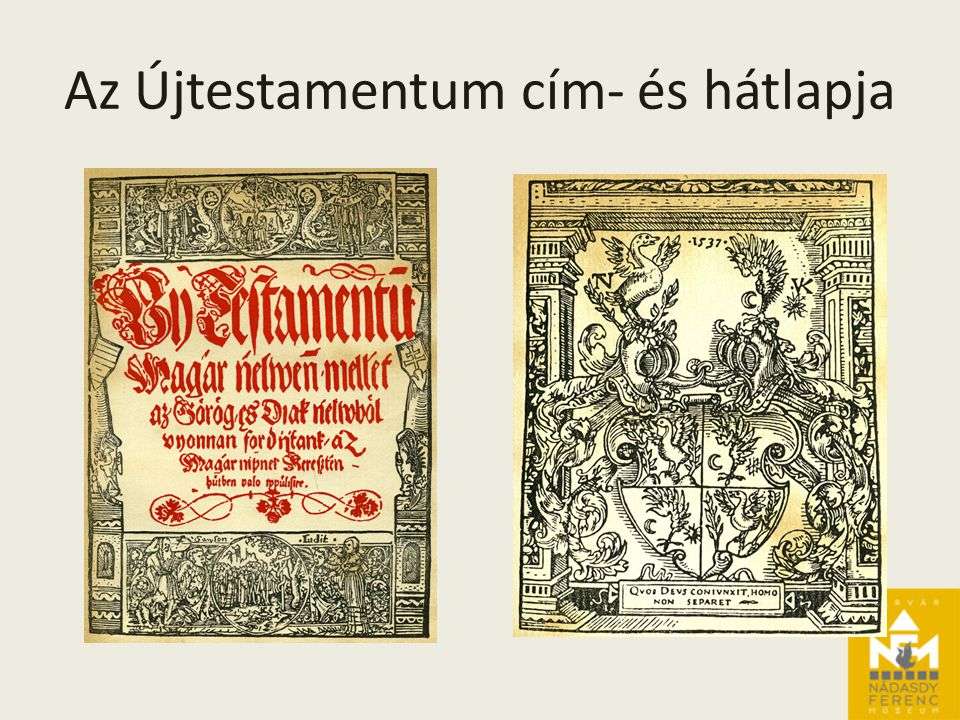
Late in their marriage, after about twenty years of barrenness, almost miraculously (in 1555) their only son, the general known as the “Black Bey”, Nádasdy Ferenc, was born; on the birth of the child, she received several congratulations from close friends and relatives of the family, widowed Majláth Istvánné Nádasdy Anna, Zrínyi Miklós, Török Ferencné guti Országh Borbála from Enying. Later, the “Black Bey” married Báthori Erzsébet of Csejte.

Nádasdy Tamás died on 2 June 1562; his wife, Kanizsai Orsolya, the widow of the “great Palatine”, followed him almost 10 years later. She died in Sárvár, and the historic Kanizsai family died with her. The date of her death is unknown, but it was between 2 March and 2 May 1571. She is buried in the Nádasdy tomb in the parish church of St. Miklós in Léka.
The correspondence of Nádasdy Tamás with his “beloved Orsika” was published in 1882 by Károlyi Árpád and Szalay József under the title “Nádasdy Tamás family correspondence”, which, in addition to its personal aspects, also proved to be a valuable contemporary historical document.

Dear Readers, I can only make this content available through small donations or by selling my books or T-shirts.
Please, support me with a coffee here: https://www.buymeacoffee.com/duhoxoxa
You can check out my books on Amazon or Draft2Digital. They are available in hardcover, paperback, or ebook:
https://www.amazon.com/dp/198020490X or at https://books2read.com/b/boYd81
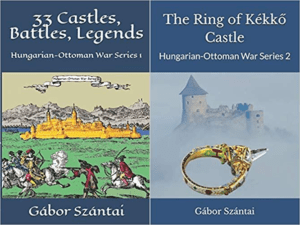
My work can also be followed and supported on Patreon: Become a Patron!http://Become a Patron!
Become a Patron! Donations can be sent by PayPal, too: https://tinyurl.com/yknsvbk7


https://hungarianottomanwars.myspreadshop.com/all
Subscribe to my newsletter here: https://tinyurl.com/4jdjbfkn
